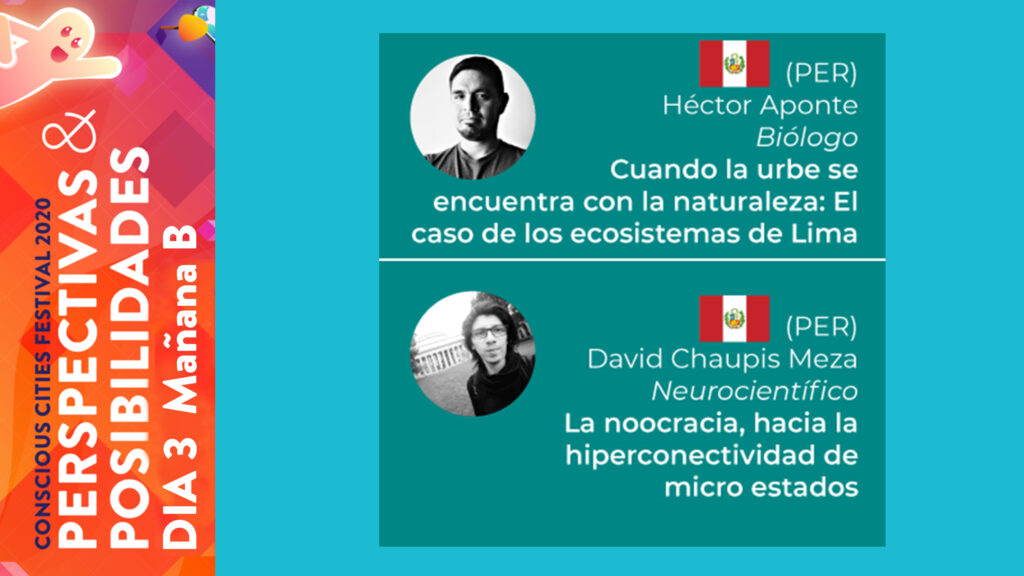A mental representation of the physical environment is known as a cognitive map. Place attachment is the bond between person and place, developed through meaning, emotional connection, and, I would propose, the construction of salient cognitive maps. These maps are built through physical exploration of an environment and the activation of place cells within the hippocampal formation, located in the medial temporal lobe of the brain. Cognitive maps are both the basis for our understanding of spatial relationships and drive our ability to navigate our physical environment. In cases of cognitive impairment, such as Alzheimer’s disease, neurodegeneration leads to the decreased ability to encode and retrieve new information, resulting in spatial memory impairment. In healthy individuals, the cognitive mapping process can be supported or disrupted depending on the environment and external cues. This article will suggest a tool that can effectively be implemented in the design of the built environment to improve cognitive mapping and increase place attachment.
Laboratory studies of rodents have long shown that cognitive maps are strengthened during sleep through the neuronal replay of recently traveled routes.5 Recent research in humans has shown that the same neurophysiological rhythms found in sleep are present during wakeful rest, marked by the increase of slow oscillatory EEG rhythm and decrease in alpha activity which correlate to improved reactivation and consolidation of memory in the hippocampus1. Furthermore, the brain uses periods of wakeful rest as an opportunity to internally explore never before experienced routes or possible shortcuts in the environment as well as spatial relationships which are important for the formation of a robust cognitive map4. This form of novel hippocampal replay, along with forward and backward replay contribute to the robust formation of the cognitive map4.
In one virtual reality study participants explored a new environment, immediately following this exploration, half of the group spent ten minutes in wakeful rest and the other half completed an unrelated perceptual task3. The group that rested showed improved accuracy on a subsequent cognitive map test, suggesting a link between wakeful rest and improved integration of spatial memory and cognitive map formation3. Phenomenologically, memory was improved during these virtual reality studies when the individual’s mind was allowed to wander rather than focusing on the current task or external stimuli3. This mind-wandering is a form of taking the brain offline and allowing the neural mechanisms of memory consolidation to activate. The integration and consolidation of new memories can be disrupted through the introduction of new information from external stimuli, as seen in the group that completed a perceptual task immediately following their exploration of the virtual environment.2,3
I would propose that these research results can inform our understanding of how the brain forms cognitive maps and therefore how we design our built environment. If an environment offers places that allow for and encourage pause and rest, spatial memory can be strengthened leading to better future spatial navigation. Our urban and architectural environments tend to mimic our daily lives; bustling, destination driven, and often uninspired. A bench is often an afterthought, added mechanically to the floor plan. This research suggests that we should be designing places of pause strategically into the built environment. This is especially relevant in places where users would benefit most from familiarisation, for example where children and the elderly visit.
Architects and urban designers who wish to develop place attachment between the environment and its users should consider these research findings with regards to wakeful rest. Examples of places of pause are window seats, hallway nooks, social stairs, and places of individual prospect and refuge. The incorporation of places of pause should be considered in both indoor architectural spaces and outdoor urban areas. These places intentionally encourage mind-wandering which, as shown in these research studies, can benefit spatial learning and provide cognitive rejuvenation. If architects and urban planners implement design techniques that encourage inattentive rest or pause, then their buildings and cities will become more memorable and easy to navigate on return.
References
1 1 Brokaw K., Tishler W., Manceor S., Hamilton K., Gaulden A., Parr E., Wamsley E.J. (2016) Resting state EEG correlates of memory consolidation. Neurobiol Learn Mem. 130:17-25. Elsevier Ltd.
2 Craig M., Dewar M., Della Sala S., Wolbers T. (2015). Rest boosts the long-term retention of spatial associative and temporal order information. Hippocampus, 25(9):1017-27. Wiley.
3 Craig M., Dewar M., Harris M.A., Della Sala S., Wolbers T. (2106). Wakeful rest promotes the integration of spatial memories into accurate cognitive maps. Hippocampus, 26:185–193. Wiley.
4 Gupta, A. S., Meer, M. A. A. V. D., Touretzky, D. S., & Redish, A. D. (2010). Hippocampal Replay Is Not a Simple Function of Experience. Neuron, 65(5), 695-705. Elsevier Ltd.
5 Ji, D., & Wilson, M. a. (2007). Coordinated memory replay in the visual cortex and hippocampus during sleep. Nature neuroscience, 10(1), 100-7.










